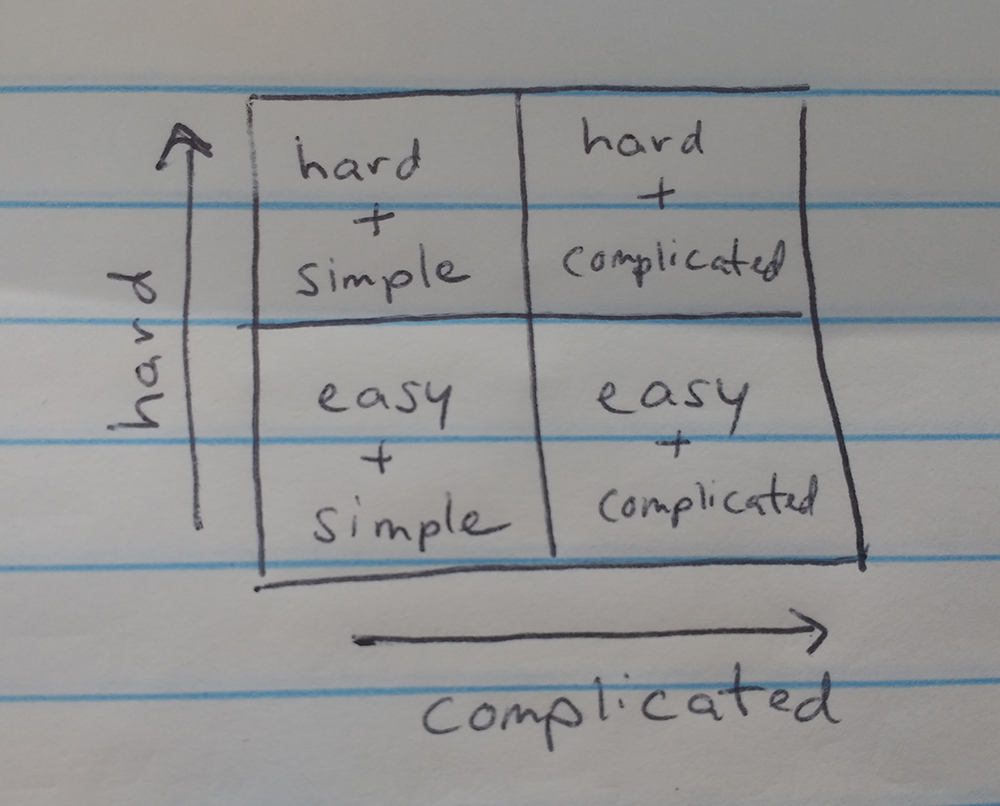A few weeks ago, I wrote about my Washington Capitals, and their improbable run to the Stanley Cup. “It’s OK to believe,” I wrote. And because 2018 is relentless, here’s a nearly identical story from the world of sports, this time from the World Cup. This week, England beat Colombia in a penalty shootout — the first such victory for England ever at the World Cup, after three previous heartbreaking losses in penalties. Their manager, Garrett Southgate, was part of a famous penalty shootout loss, at the 1996 Euro championships, when he missed one of the penalty shots that cost England the game.
But as manager, Southgate took that experience and tried to face it head on. The Guardian explained how in an article this week:
Make no mistake, this shootout success belongs to Gareth Southgate. He is unlike every England coach who has faced a penalty shootout in the past: the only one to have missed a penalty for England, and the only one to accept that the penalty shootout is not a lottery; that taking penalties is about performing a skill under pressure; and that penalties can be trained.
Not for him the arrogance, incompetence or fatalism of England coaches past. “You can never recreate on the training ground the circumstances of the shootout,” said Glenn Hoddle in 1998. “When it comes to the pressure we are not good,” said Sven-Göran Eriksson in 2006. “You can’t reproduce the tired legs. You can’t reproduce the pressure,” said Roy Hodgson in 2012.
Southgate turned the trauma of his own experience in 1996 into a vindication of five months’ work preparing for the prospect of a shootout. Funny how we heard similar excuses from the Spain coach Fernando Hierro — “it’s a lottery and we were unlucky” — and Denmark’s Åge Hareide — “unfortunately it was decided by a lottery” — after their shootout defeats at the weekend.
Southgate talked to his players about owning the process, and he worked on the players’ individual technique and team dynamics. He even recreated “the tired legs”, with Kieran Trippier admitting that players had “practised and practised and practised” penalties, taking spot-kicks while fatigued at the end of long sessions. Twenty-eight years of World Cup penalty hurt and all it needed was a bit of practice. Who would have thought it?
They even practiced ways to avoid screwing up the timing of their routines. Here’s one wonderful nugget:
[England goalie Jordan] Pickford also handed the ball to each England player on his way to the spot. This is owning the process, and ensured that [Colombia goalie] David Ospina would not disrupt any players’ routine by making them walk to get the ball.
England won the shootout, 4-3, and advanced to a quarterfinal game tomorrow versus Sweden.
And as much as I love the preparation that Southgate put his team through, his quote after the match was just as fantastic — and reminded me so much of what I heard from the Caps this spring:
“We’ve spoken to the players about writing their own stories. Tonight they showed they don’t have to conform to what’s gone before. They have created their own history, and I don’t want to go home yet. Missing my penalty [at Euro 96] will never be ‘off my back’, sadly. That’s something that will live with me forever. But today is a special moment for this team. It’ll hopefully give belief to the generations of players that will follow. We always have to believe in what is possible in life and not be hindered by history or expectations.”
Well said. I’ll be rooting for England tomorrow. It would be an amazing thing to watch a team defy history and win it all — again.
———
That photo comes via Unsplash and photographer FuYong Hua.







